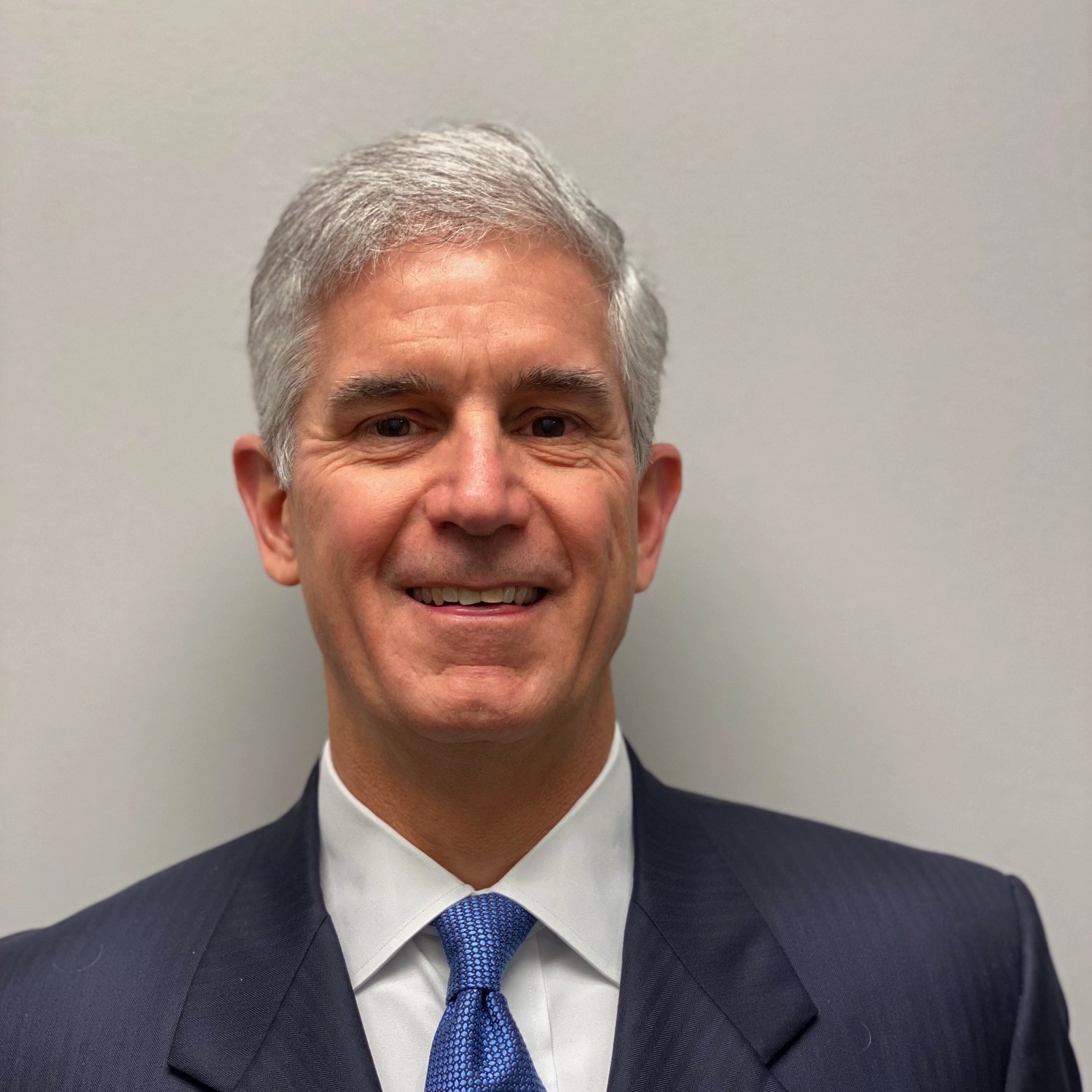- What Will the New American Revolution of Limiting the Power of the Regulatory State Mean for Businesses?
- What Will the New American Revolution of Limiting the Power of the Regulatory State Mean for Businesses?
- The Copyright Office Issues Its Long-Awaited Report on AI Training Material and Fair Use. Will It Stymie the U.S. AI Industry?
- What Risk Does Your Business Face for Creating Social Media Posts in the Studio Ghibli Style?
- Going From March Madness to Trademarks Madness
Latest Blog Posts
Watch Out for Fake Chinese Trademark Registrations
Posted on November 20, 2018.
Chinese trademark applications are flooding the United States Patent and Trademark Office (“USPTO”). This could hurt your business’s ability to get trademark registrations on its business, product, and service names.
In federal fiscal year 2014, Chinese applicants filed 6290 applications. That increased to 13,633 in fiscal year 2015, to 28,869 in 2016, and to 46,634 in 2017. In fiscal year 2017, approximately eight percent of all U.S. trademark registration applications were filed by Chinese applicants.
Why is this happening?
Regional Chinese governments are paying incentives for obtaining foreign trademark registrations. Information on these Chinese programs is hazy, but the best evidence indicates these governments are paying around $800 for obtaining a U.S. trademark registration.
Because you can file a U.S. trademark-registration application for as little as $225, there is a potential profit of about $575.
The benign explanation of this incentive program is the Chinese government is pushing to transition from being just the contract manufacturer for foreign brands to becoming the producer and exporter of its own brands.
These incentives are causing unethical Chinese actors to file fake trademark registration-applications – applications for trademarks not in use on goods or services sold in the United States. The fake Chinese applications usually claim trademarks that consist of either arbitrary words and phrases or arbitrary letter and number combinations.
Because the USPTO requires proof you are using your trademark to promote the sale of your goods or services, Chinese fraudsters often use photo-editing software to graft their fake trademarks onto pictures. In one fake, a Chinese applicant used a picture of what obviously is a Walmart storefront and replaced “Walmart” with “Instamarket Shop.” Sometimes, a lazy Chinese applicant will edit various fake trademarks onto the same picture of goods, and file a separate application for each fake trademark.
The Amazon “Brand Registry” program also is incentivizing obtaining United States trademark registrations. It protects brands registered as trademarks, which gives such brands an advantage in achieving Amazon sales.
How does this Chinese fakery impact your business?
The USPTO will not register your trademark if there already is a registration or pending application for a confusingly similar trademark for the same or similar goods or services. Previously filed Chinese fake applications could block your legitimate trademark applications.
There are about 20 advantages to federally registering your trademarks. Those advantages have grown in number and significance because of the dominance of the Internet in commerce.
What is the U.S. government doing to stop this?
It’s trying to distinguish between fake and real applications and has taken action to weed out the fakes. The U.S. government cannot refuse legitimate Chinese trademark-registration applications – applications to register trademarks in use in the United States to promote the sale of goods and services here.
It trained USPTO trademark-examining attorneys to look for hallmarks of fakery, such as photo editing.
It set up a special email address where faked product pictures can be reported.
It is considering requiring all foreign trademark-registration applicants to be represented by a U.S. attorney. The added cost of hiring a U.S. attorney probably would make it no longer profitable for Chinese residents to file applications for fake trademarks.
What should a business do to protect itself?
• Win the race to the federal trademark office. Register your distinctive business, product and service names as trademarks before you get blocked, either by a fake Chinese application or a legitimate applicant.
• Do trademark-infringement watching and policing. Stop any problematic applications before they become registered trademarks.
Even if you get your trademarks federally registered, the later registration of any confusingly similar trademarks for any similar goods or services can hurt your brand. They can cause your trademarks to lose distinctiveness in the marketplace, which can hurt sales. Also, these registrations can block you from registering your existing trademarks for new products and services you introduce.
• If you file a trademark-registration application and it is blocked by a pending application or registration, don’t give up. Your attorney can advise you on possible avenues for overcoming the blockage. If you are blocked by a fake Chinese registration, there are ways to attack the fakery. The earlier you act, the more and better options you will have.
Written on November 20, 2018.
by John B. Farmer
© 2018 Leading-Edge Law Group, PLC. All rights reserved.





